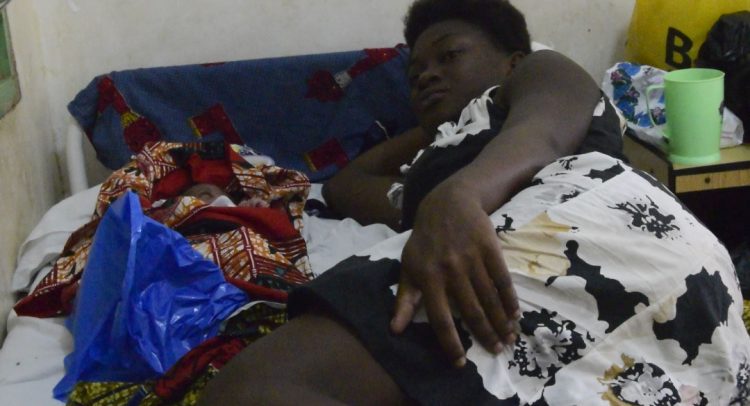The Upper East Regional Hospital in Bolgatanga recorded three successful births on the dawn of Mother’s Day out of a total of 32 mothers that were expected to deliver on Sunday, May 12, 2019.
The regional hospital’s Maternity Unit is said to record an average of 25 live births in a week and an average of 320 live births in a month.
The facility still records some still births because there are some reported complicated cases that arise from late reporting for Maternity Health Care, lifestyle and other factors at the community and facility levels.
The Maternity Unit is faced with inadequate space and beds for pregnant women on admission and therefore does not come as a surprise to visitors who come across pregnant women lying along the walk way into unit and other free spaces.
The Upper East Regional Hospital is said to record an increased number of women on admission at the Maternity Unit from July to September (the peak period) and if nothing is done to expand the unit and increase the number of beds, the overcrowding is expected to intensify during that period.
The acting officer-in-charge of the Maternity Unit at the time of DGN Online’s visit, Elizabeth Ogoe Anum, mentioned interruption in the flow of water to the Maternity Unit as a major challenge.
Elizabeth Anum was speaking when women from the Women’s Ministry of the Bolgatanga Central Assembly of the Church of Pentecost visited the Maternity Unit as a way of celebrating Mother’s Day.
Since 2016 the Bolgatanga Central Assembly Women’s Ministry has been visiting the Maternity Unit on Mother’s Day to encourage and motivate pregnant women on admission go through the labour period.

They also donated some gifts including toiletries to the women on admission and the Maternity Unit.
The leader of the Women’s Ministry, Madam Rebecca Kyeremanteng, congratulated the mothers for successful deliveries and commended the midwives for a good work done.
She called on the Hospital’s management to pay some more attention on the challenges affecting the work at the Maternity Unit including the overcrowding of women on admission and the interruptions in the flow of water.
FROM: Ebo Bruce-Quansah, Bolgatanga


